Switching to a wheat-free lifestyle doesn’t have to be overwhelming—it just takes a bit of curiosity and a few helpful habits.
With the right mindset and a little kitchen creativity, avoiding wheat can feel less like restriction and more like discovery. From fresh pantry favorites to smarter shopping choices, there are plenty of ways to eat well without missing out.
Let’s break it down into simple, realistic tips that make everyday eating easier—and way more enjoyable.
1. Start With Naturally Wheat-Free Foods
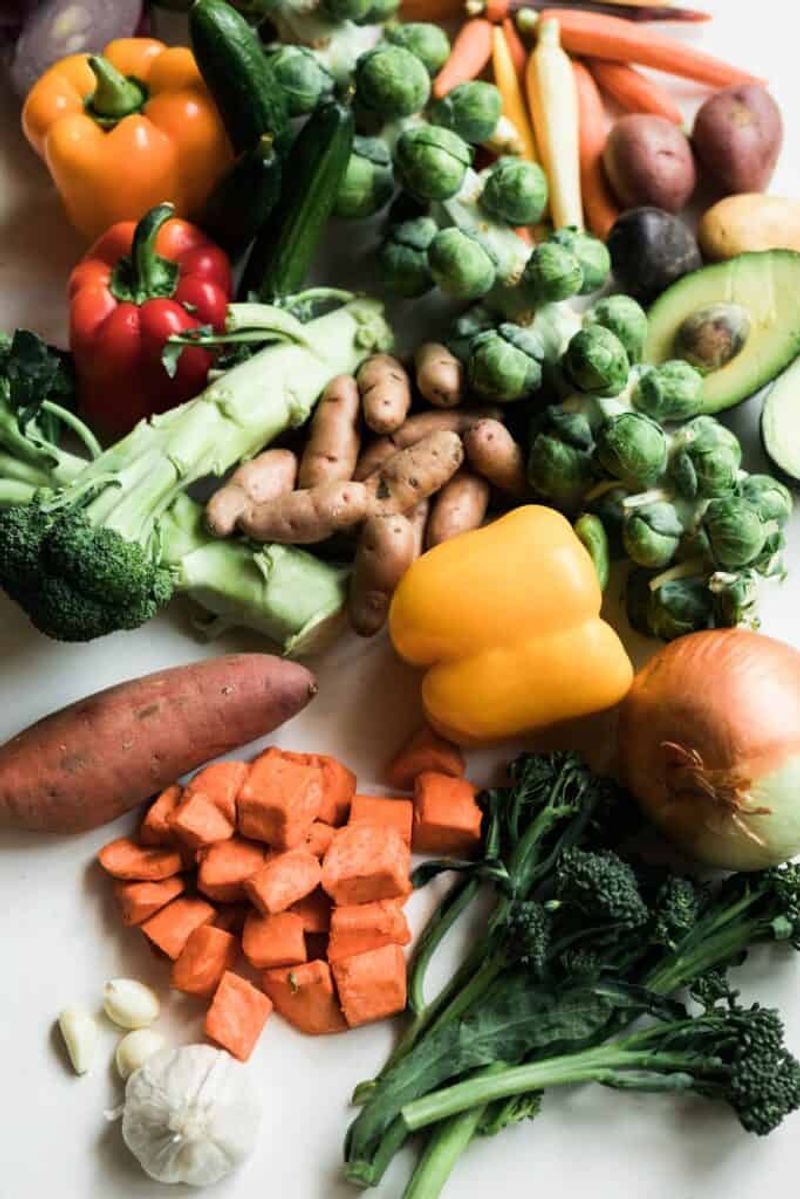
Fresh fruits, vegetables, meats, dairy, and legumes are naturally free of wheat, and they’re packed with flavor.
Building meals around these ingredients keeps things simple while giving you tons of room to season, roast, or sauté to your taste.
2. Read Ingredient Labels Carefully
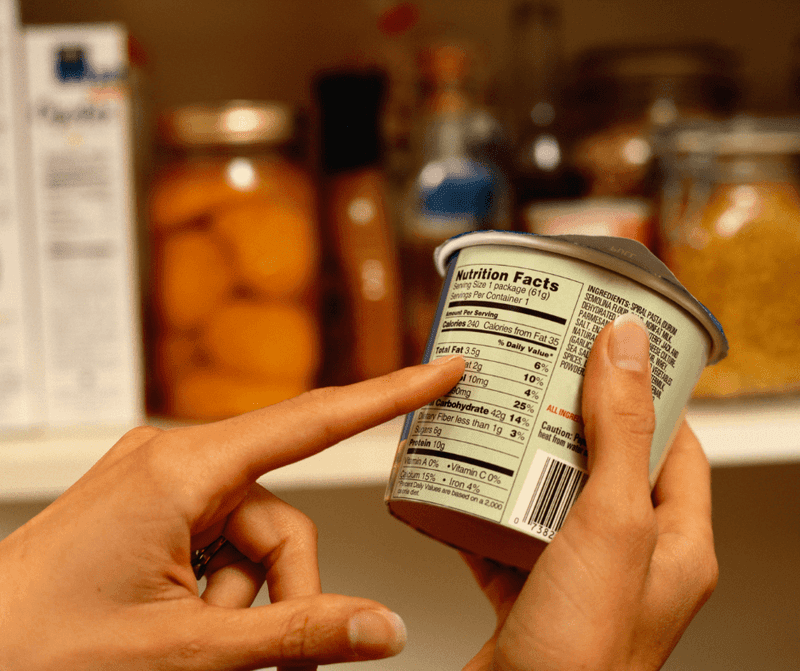
Wheat hides in places you’d never expect—like soy sauce, bouillon cubes, or even some frozen fries.
Scanning for “wheat,” “flour,” or “modified food starch” on packaging quickly becomes second nature with practice.
3. Stock Your Pantry With Safe Staples

Brown rice, lentils, canned beans, and gluten-free oats offer endless meal options and are easy to prep in bulk.
Having these basics on hand means you’re always just a few steps away from something comforting and wheat-free.
4. Explore Alternative Grains
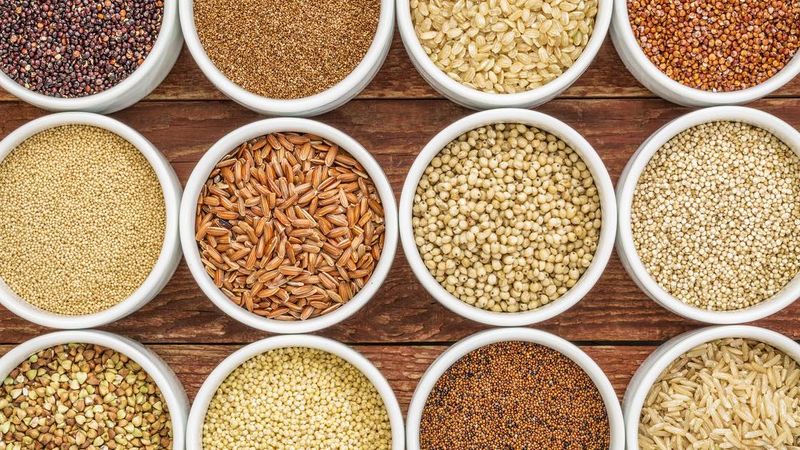
Quinoa, millet, and buckwheat bring nutty flavor and hearty texture to any dish.
They’re excellent substitutes for couscous or pasta, and they work well in salads, stir-fries, or even breakfast bowls.
5. Plan Meals Ahead Of Time
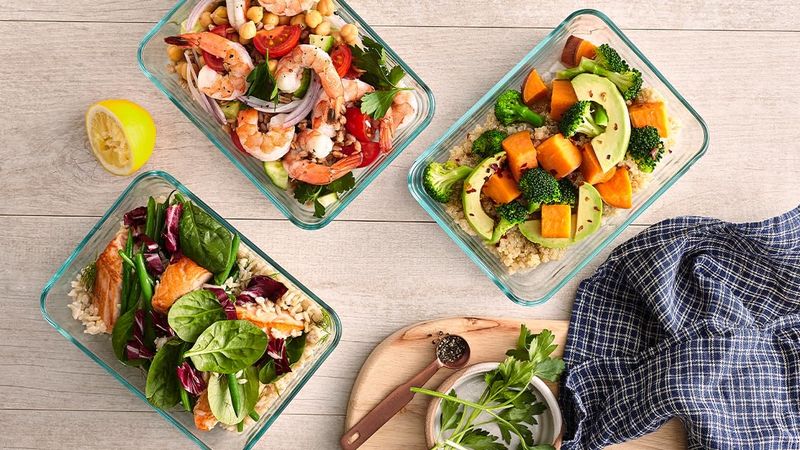
Knowing what you’re going to eat helps you avoid last-minute wheat traps like takeout sandwiches or office donuts.
Meal prepping even just a few things—like a batch of soup or a grain bowl—can keep your week feeling under control.
6. Be Cautious With Sauces And Condiments
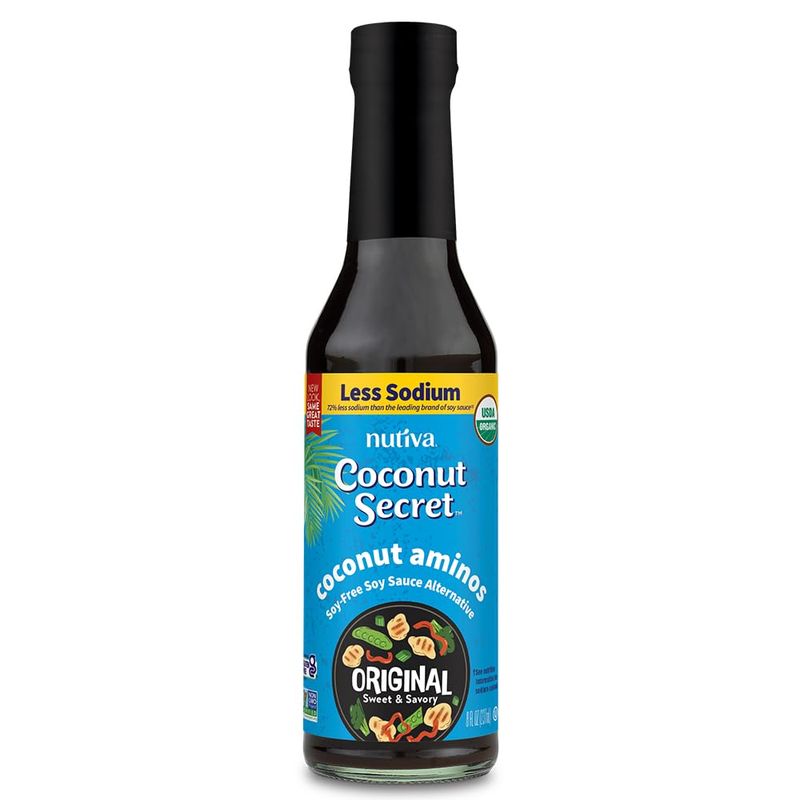
Soy sauce, dressings, marinades, and gravy mixes often contain hidden wheat-based thickeners.
Look for “gluten-free” on the label or try tamari, coconut aminos, or homemade versions to stay safe.
7. Learn To Cook Simple Wheat-Free Recipes

Roasted chicken with veggies, rice stir-fry, and chili are easy wins that don’t need any wheat to shine.
A few go-to meals in your rotation can make dinnertime less of a question mark.
8. Find Supportive Communities

Online groups, cookbooks, or even friends with dietary changes can offer ideas and empathy.
Shared recipes and honest tips from real people make the journey feel a lot more doable.
9. Educate Yourself On Hidden Wheat Sources

Beyond bread and pasta, wheat sneaks into meat substitutes, salad bar toppings, and even some vitamins.
A little reading can go a long way in helping you feel confident in your choices.
10. Communicate Your Needs When Dining Out

Most restaurants are used to special diets—don’t be shy about asking questions or requesting substitutions.
Servers can often point you to safe options or alert the kitchen to avoid cross-contact.
11. Keep Snacks Handy For On-the-Go
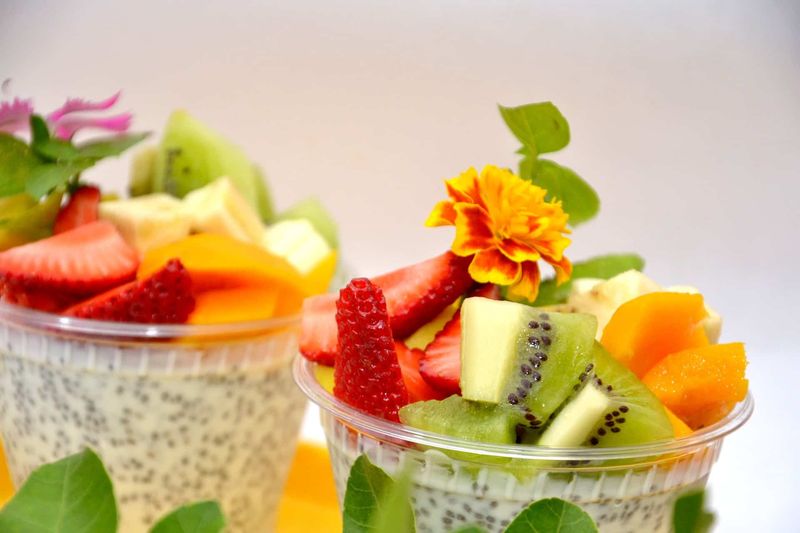
Trail mix, fruit, cheese sticks, or gluten-free bars save the day when hunger strikes.
A little bag of something wheat-free in your bag or glove compartment makes it easier to steer clear of impulse buys.
12. Experiment With Wheat-Free Baking

Almond flour, oat flour, and coconut flour each have their own magic in muffins, pancakes, or cookies.
The textures are different but delicious, and the process opens up a whole new world of baking fun.
13. Monitor Your Body’s Responses

Energy levels, digestion, skin, and even mood can shift after cutting out wheat.
Noticing what changes (or doesn’t) helps you stay in tune with your body and understand what works best.
14. Celebrate Small Successes
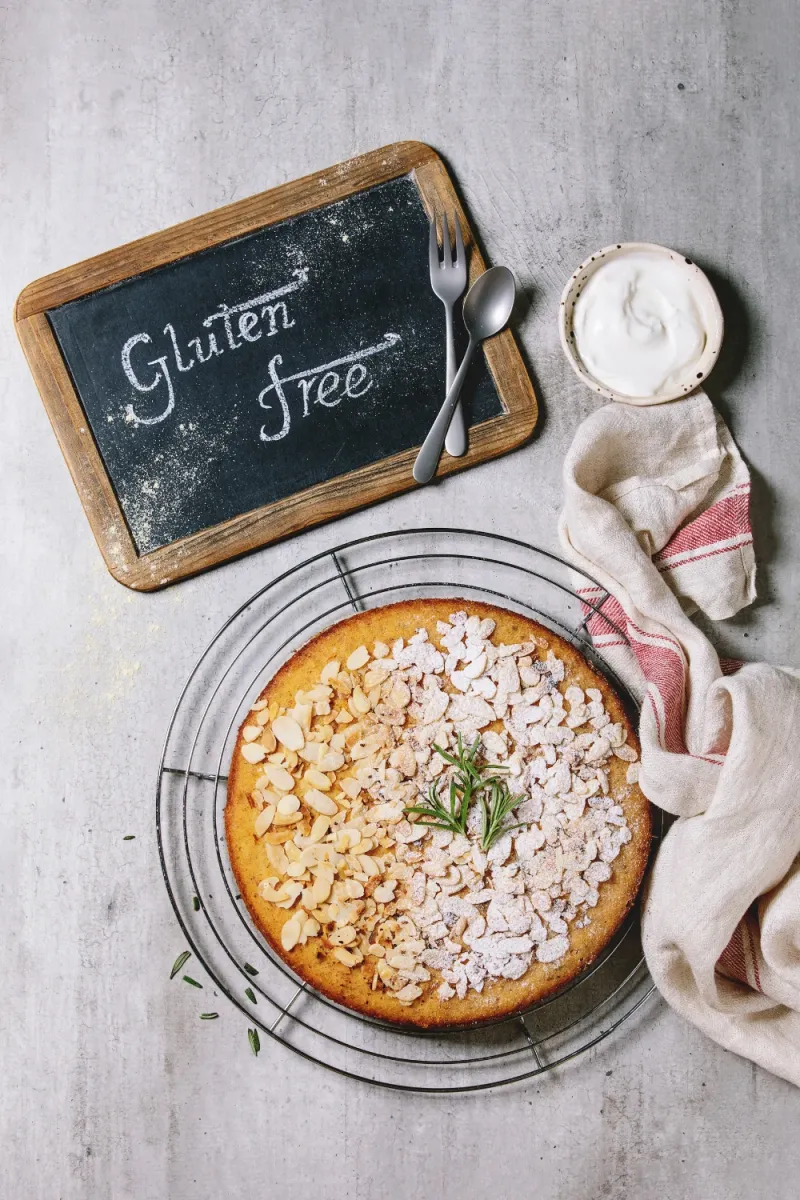
Every wheat-free dinner, label read, or meal prepped is a win worth acknowledging.
Progress matters more than perfection, especially when you’re building new habits.
15. Consult A Nutritionist For Guidance
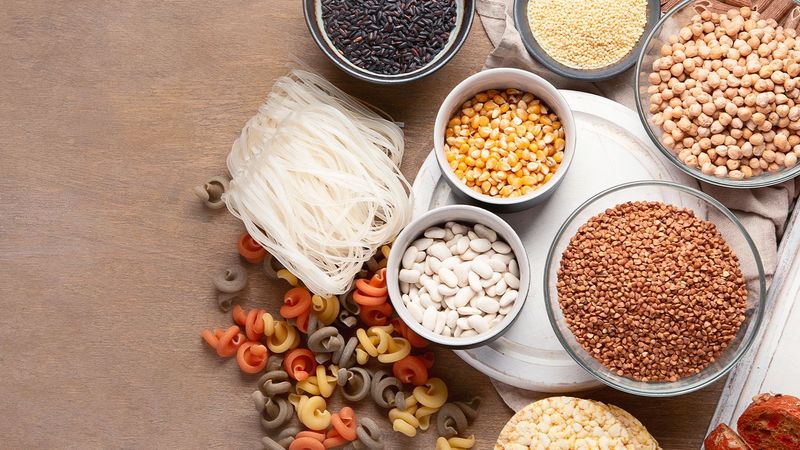
A trained expert can help make sure you’re getting all the nutrients you need without wheat.
They can also offer custom advice based on your preferences, health goals, and lifestyle.

